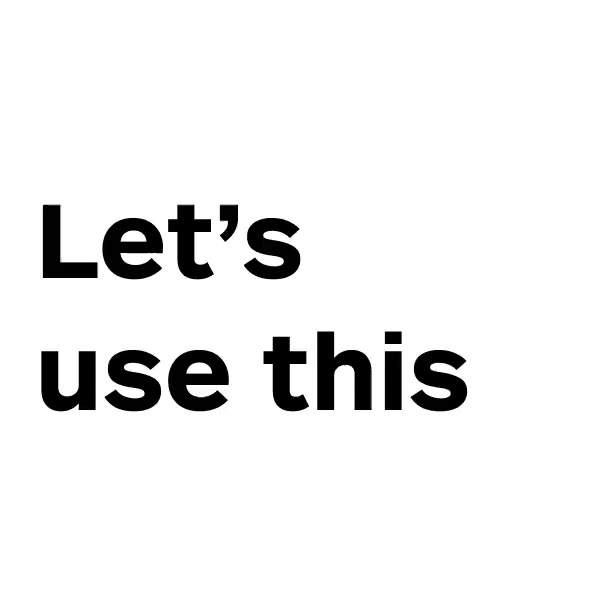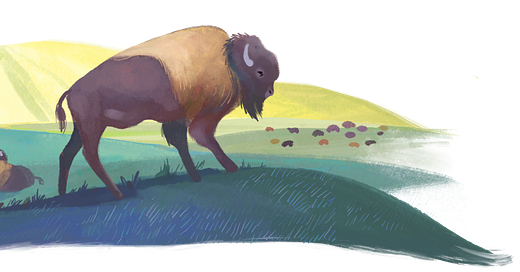Minting a greener future
Pre-reading: Tokenizing Carbon
“One planet, one experiment.” - Edward O. Wilson
Probably nothing…
As of late, non-fungible tokens (NFTs) have gained mainstream attention, and skepticism, due to the outsized gains individuals have pocketed on digital assets. Since the start of 2021:
The artist known as Beeple sold an NFT for $69M at Christie’s, earning him a seat among the top three most valuable living artists.
Yuga Labs, which created the Bored Ape Yacht Club, one of the most iconic NFT collections, raised a $450M Seed round at a $4Bn valuation.
NIKE, Inc. acquired RTFKT, a company designing and creating “Metaverse-ready sneakers and collectibles,” for an undisclosed amount.
OpenSea, the well-known NFT marketplace, achieved a $13.3Bn valuation with monthly trading volume surpassing $3.5B monthly.
Put simply, NFTs are a simple set of blockchain standards representing digital ownership of unique items - art, music, game items, real-world (off-chain) assets, and more. Assigning a non-fungible token to a thing enables its ownership (not the thing itself) to be programmable, divisible, digitally secure, and transferrable.
For most fungible (exchangeable) cryptocurrencies, including digitized carbon credits, one token of its kind is just as valuable as another of its kind. In contrast, NFTs have distinct attributes that make them one-of-a-kind, whether it's a piece of generative art or a specific plot of land.

NFTs can help stakeholders (individuals, corporates, and non-profits) usher in a new form of community-led brand development and engagement by tokenizing access to special rewards, giveaways, and even voting rights. When looking beyond the hype, tokens have a role to play in tackling more fundamental problems.
Frictionless Real Estate
One of the systemic problems in real estate is high cost, high friction transactions. Enter Fabrica, a new platform powering land sellers' checkout process. Buyers can browse and seamlessly purchase parcels 100% online in a few days and for ~$300.
To do so, Fabrica places a seller’s property in a trust. The trust then assigns control to the holder of an ERC-721 token, a standard for representing ownership of NFTs. The trust agreement states whoever owns the token is the trustee with rights to the underlying asset. The NFTs metadata disclosed on a blockchain holds the documents.
Collective Land Restoration


Decades of deforestation, overgrazing, and clearing of arable land for commercial development showcase society's inability to value, govern, and manage natural capital. Enter Farm, a climate investment platform enabling internet-scale access to land restoration. The company works with land operators & investors to find and acquire parcels for projects with a positive impact on the environment, such as regenerative agriculture and renewable energy.
Farm’s Stewardship Studio generates art to broaden land stewardship in the US. As a first step, the Studio is creating 1,095 unique, hand-drawn tokens to showcase the biodiversity of San Luis Valley, CO. While Farm will still own & manage the underlying asset, token holders will have the ability collectively vote and decide how to help restore a piece of degraded land in Southern CO.
You can join Farm’s investor community here or join the restoration token allowlist here.
Experiential Charity
As counterintuitive as it sounds, technology can strengthen our connection with nature while building engaged communities with aligned interests and goals.

WaveBlocks, for example, is a digital collection of 666 algorithmically generated art inspired by iconic waves. Not only does each NFT come with a step-by-step animation explaining its construction, but 10% of all sales are donated to Surfrider Foundation to fight offshore drilling.
Community-Led Conservation
The World Wildlife Fund's (WWF's) innovation lab recently partnered with CarbonBase to launch Project Ark, a series of NFTs focused on 13 endangered species that unlock rewards for holders. The point of the initiative was to connect digital benefits with real-world preservation.

The experiment aimed to usher in more equitable distribution of the value created through biodiversity maintenance by creating a transparent pipeline for directing benefits to local and Indigenous communities on the frontlines of conservation.
To reduce the dissonance between the project partners and ecological goals, WWF released its NFTs on the Polygon blockchain, which means each transaction has the equivalent carbon emissions of a glass of tap water.
Headwinds
The amount of criticism the WWF’s well-intentioned auction received demonstrates the negative sentiment outside the ReFi echo chamber. As the popularity of NFTs has risen, so has the conversation about their deleterious effect on the planet. Such claims stem from NFTs created and traded on the Ethereum blockchain, which utilizes the energy-intensive proof-of-work (PoW) method to secure its network.

In reality, most NFTs are minted and transacted on proof-of-stake (PoS) blockchains with a footprint of only 2.5g of Co2 per transaction. Nonetheless, groups like Aerial and Nori are also helping decarbonize NFT projects to overcome the negative connotation.
Aerial’s platform enables users to tally and offset the carbon footprint of their NFTs through verified carbon dioxide removal projects. The latter company empowers artists and NFT marketplaces to allocate a portion of NFT sales towards Nori Carbon Removal Tonnes (NRTs).
Where to from here
Today, NFTs are in their infancy. As Chris Dixon of a16z puts it, "there is nothing intrinsic about fungible tokens that need to be related to money and finance, and nothing intrinsic about NFTs that needs to be related to art and collectibles."
While these are relevant initial applications, ReGen Ventures is excited to see how fungible and non-fungible tokens can serve as flexible building blocks that help heal our planet. If this sounds like something you are working on, drop us a line!




